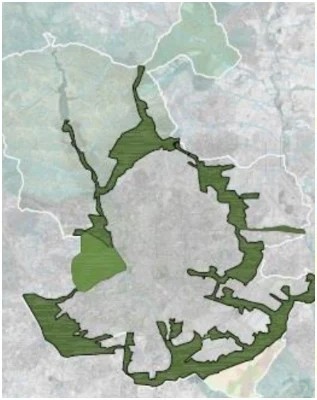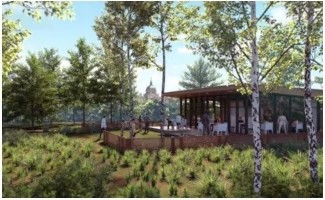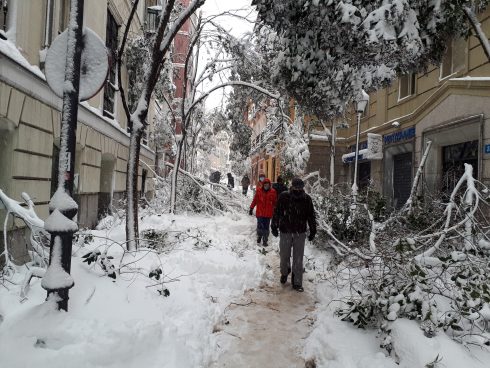MADRID has unveiled plans to create a ‘green belt’ of forest around Spain’s capital in a bid to combat climate change and reduce pollution.
The project involves transforming disused areas between roads and buildings by planting more than half a million trees to create a 75km long urban forest.
The trees will be chosen from varieties indigenous to Spain that require very little watering and can withstand local environmental conditions.
Once developed the Bosque Metropolitano will help improve city air by absorbing 175,000 tons of carbon dioxide each year.

“What we want to do is to improve the air quality in the whole city,” Mariano Fuentes, Madrid’s councillor for the environment and urban development said explaining the plan. “To fight the ‘heat island’ effect that is happening inside the city, to absorb the greenhouse emissions generated by the city, and to connect all the existing forest masses that already exist around the city.”
The urban forest project is just one phase in a city-wide plan to reduce emissions and fight climate change that include more pedestrian zones, bicycle lanes and restricting private car use in the city centre.
According to deputy mayor Begoña Villacís, the project promises to be “the largest green infrastructure to be built in Europe in the next decade”.
The total budget for the full 600 hectares is expected to reach €75 million and take ten years to complete.

Madrid already boasts more trees per capita than any other European city and has great stretches of woodland on its outskirts to the north and west with El Pardo and the Casa de Campo as well as the Retiro park at its very centre.
However, Madrid’s trees were dealt a harsh blow when Storm Filomena struck the capital back in January with authorities estimating that around half a million trees were damaged.

Parks were closed for weeks in the aftermath of the storm while teams collected broken branches and cut back trees damaged in the record snowfall.
READ ALSO:
